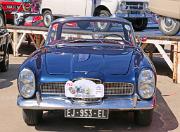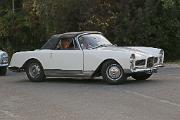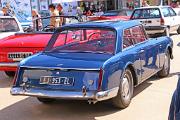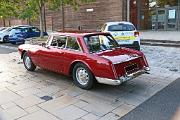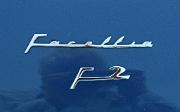
aa Facel Vega Facellia F2 badge
Facel Facellia F2 - badge on bootlid. 'F2' was the badging given to the Series II Facellia which had a reworked engine.
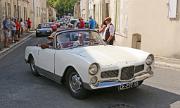
Facel Vega Facellia Cabriolet fronto
Facel Vega Facellia Cabriolet. Power was given by the troublesome Pont-a-Mousson 1,646cc dohc engine.
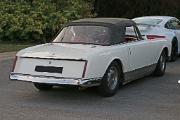
Facel Vega Facellia Cabriolet rear
Facel Vega Facellia Cabriolet. About half of all Facellias were built as Cabriolets
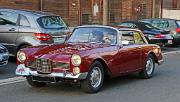
Facel Vega Facellia coupe frontr
Facel Vega Facellia. The small Facel Vega intended to sell in volume and make profits for Facel, but a troublesome new engine drove the company onto the rocks instead
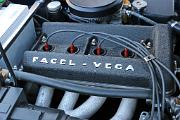
Facel Vega Facellia F2 engine
Facel Facellia F2. The F2 still used the 1,646 cc dohc 4-cylinder engine designed by Carlo Marchetti and produced by Pont-a-Mousson. For the F2 this was reworked by engineers Charles Deutsch and Jean Bertin to resolve some of the design flaws, such as camshafts mounted on two bearings instead of five.
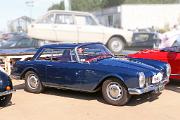
Facel Vega Facellia F2 front
Facel Facellia F2. Launched in 1961, the F2 was an improved version of the Facellia which had been launched in 1960 with some reliability issues.
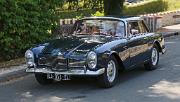
Facel Vega Facellia F2 frontd
Facel Vega Facellia F2. The original Facellia had a troublesome 1.6-litre Pont-à-Mousson engine, which was replaced in the F2 by a re-engineered version of the engine, ahead of a Volvo B18B engine given to the Facel III
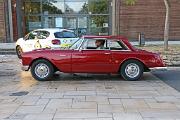
s Facel Vega Facellia side
Facel Vega Facellia. Built on a 96.5-inch wheelbase, the Facellia was 8-inches shorter then previous models and intended to sell in volume.
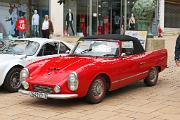
DB Le Mans 1962 convertible frontr
Deutsch-Bonnet Le Mans 1962 convertible, powered by 954cc Panhard engine and built on a Panhard platform. It carries the same Marchal Mégalux headlamps as the Facellia.
All images and content of this site is the copyright of Simon GP Geoghegan

